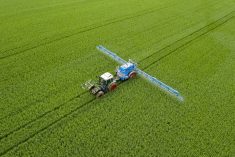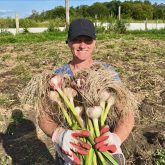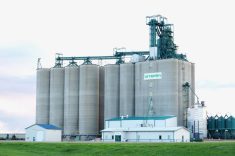To be successful, Canadian Foodgrains Bank (CFGB) growing projects require land, people, time and energy.
The fundraising efforts also need inputs like seed, fertilizer and other chemicals – products generously provided by some of Canada’s leading agro-sciences corporations.
This year over $220,000 of inputs have been donated through CFGB to growing projects across Canada by companies such as Viterra ($101,000 for 43 projects), Monsanto ($51,679 for 74 projects), Dow AgroSciences ($41,189 for 37 projects), and Syngenta ($28,885 for 19 projects).
In addition, Agrium and Novozymes are working directly with growing projects to provide support.
Read Also

Still hard to predict precise fertilizer payback
Despite decades of advances, international research finds no clear answer for where and when adding nutrient will fail to boost growth.
“We are grateful for the support of these companies, as well as for the support of many other businesses that provide products and services for growing projects across Canada,” says CFGB executive director Jim Cornelius. “Their generosity makes it possible for us to assist millions of people in the developing world each year.”
Last year, over 200 growing projects across Canada harvested 19,523 tonnes of grain worth $4.8 million for CFGB, up from 18,956 tonnes the year before.
Altogether, Canadians contributed $9.1 million in grain and cash in 2010 to CFGB Bank, a partnership of 15 churches and church agencies working to end global hunger. Combined with matching support from the Canadian International Development Agency (CIDA), the donations were used to provide $38 million of food, nutrition programs and agricultural assistance to 2.3 million people in 35 countries.














